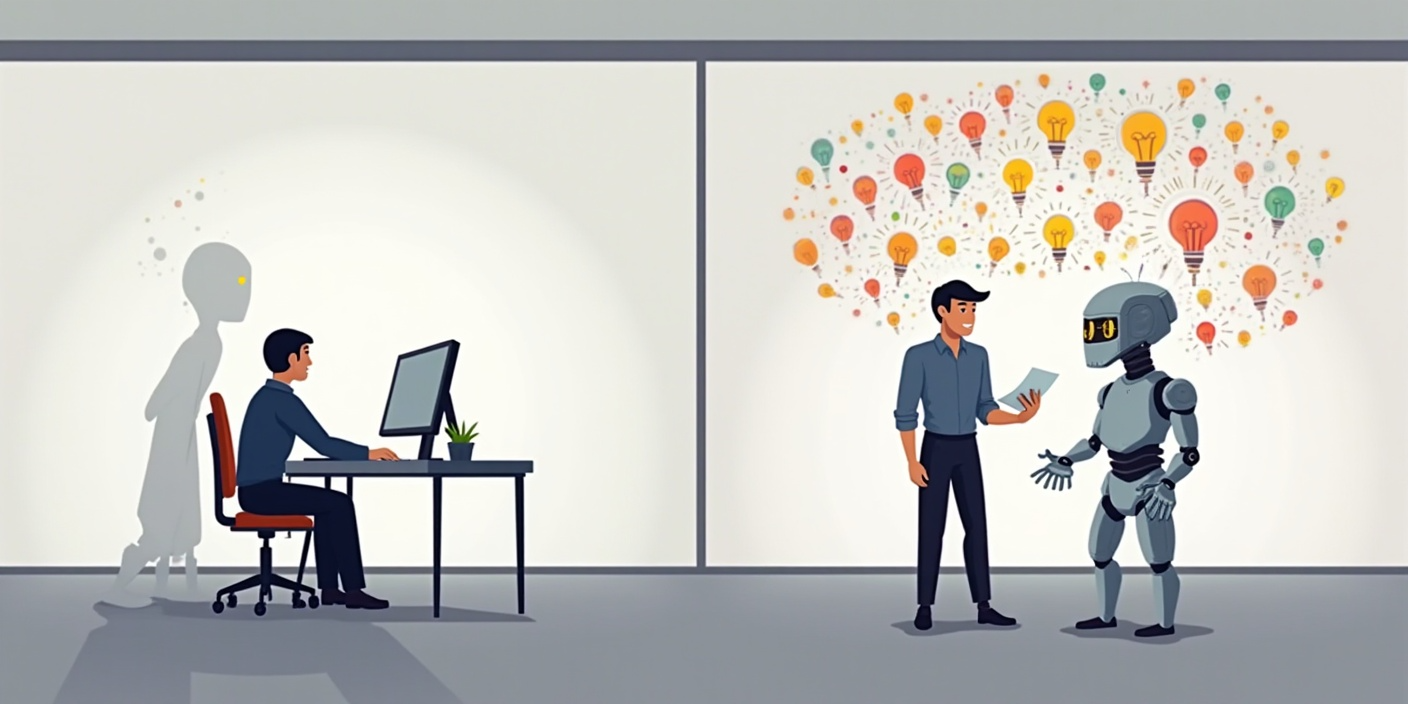News
1. AI for identifying disease genes and spotting cancer through microscope
A missense mutation is a DNA sequence change that leads to the incorporation of a different amino acid into a protein’s structure. Google’s DeepMind has developed AlphaMissense, which predicts the pathogenicity of 89% of all missense variants. This breakthrough is expected to accelerate diagnosis and improve treatment by helping clinical researchers prioritize areas in the search for disease causes (BBC, Science)
Google has also developed an “Augmented Reality Microscope” (ARM) in collaboration with the Department of Defense, equipped with AI enhancements that can overlay visual indicators like heatmaps and object boundaries in real-time. It is intended to be retrofitted into existing microscopes in hospitals and clinics, potentially aiding in disease identification and diagnostics (Engadget).
2. Driverless robotaxis will be available in one district in Beijing
The suburban Beijing district of Yizhuang has allowed robotaxi operators, including Baidu and Pony.ai, to charge fares for fully autonomous taxis with no human staff on board. Pony.ai’s vice president expressed confidence that their full driverless vehicles could operate across all of Beijing within three years, while the city plans to expand robotaxi testing areas to the airport and a train station by the end of the year (CNBC).
3. Bard Extensions and double-check by Google
Google has enhanced its Bard chatbot, integrating it with Gmail, Docs, Drive, Google Flights, and YouTube, allowing users to access specific information from emails and documents, book flights, and search YouTube directly through the chatbot. Additionally, the company introduced a fact-checking feature called “double-check” to improve response accuracy (Yahoo).
4. OpenAI announced Dall-E3
OpenAI has announced the forthcoming release of DALL-E 3 in October. This iteration is expected to be more responsive to detailed and nuanced textual instructions, allowing it to generate images that adhere more closely to the text inputs it receives. It will decline requests to create images in the style of living artists. DALL-E 3 will be accessible to ChatGPT Plus and Enterprise customers, granting users the ownership of the created images, without necessitating OpenAI’s approval for their commercial use (OpenAI).
5. Microsoft introduced Microsoft Copilot
The AI assistant is embedded throughout Windows 11, Microsoft 365, Edge, and Bing, with the aim of delivering contextual help according to online content, user information, and ongoing tasks. The feature is scheduled for release in Windows 11 starting Sept. 26. Additionally, the update for Windows 11 will incorporate over 150 new AI capabilities in applications such as Paint and Photos (Microsoft).
6. Artificial neuron for multisensory integration
A team of researchers from Penn State has created an artificial neuron, inspired by biological structures, capable of processing both visual and tactile sensory information together. It has the potential to enhance computing and narrow the divide between artificial and natural intelligence (Nature).
7. Amazon upgraded Alexa
Alexa is now supported by an LLM and connected with thousands of devices and services, thereby becoming a “super agent” and enhancing its real-world utility and personalized user experience (VentureBeat).
Articles
1. AI Accelerates Ability to Program Biology Like Software (WSJ)
AI is revolutionizing synthetic biology by enabling scientists to program living organisms like software code, creating new proteins and driving advancements in medicine, pharmaceuticals, agriculture, energy, and climate research. Despite its potential, the field faces challenges due to limited data availability compared to other AI-driven sectors, hindering its progress.
2. How AI can help us understand how cells work—and help cure diseases (MIT Tech Review)
AI will be used to create a “virtual cell” that can simulate various cell types and states. This technology will accelerate scientific discoveries, enhance disease understanding, and ultimately contribute to curing, preventing, or managing diseases worldwide, with the Chan Zuckerberg Initiative leading efforts to generate data and build the necessary computing infrastructure.
3. How inverse vaccines might tackle diseases like multiple sclerosis (MIT Tech Review)
Scientists are developing “inverse vaccines” that aim to teach the immune system to recognize specific targets as harmless rather than provoking an immune response. These vaccines have the potential to treat autoimmune diseases by dampening the immune response to specific antigens.







